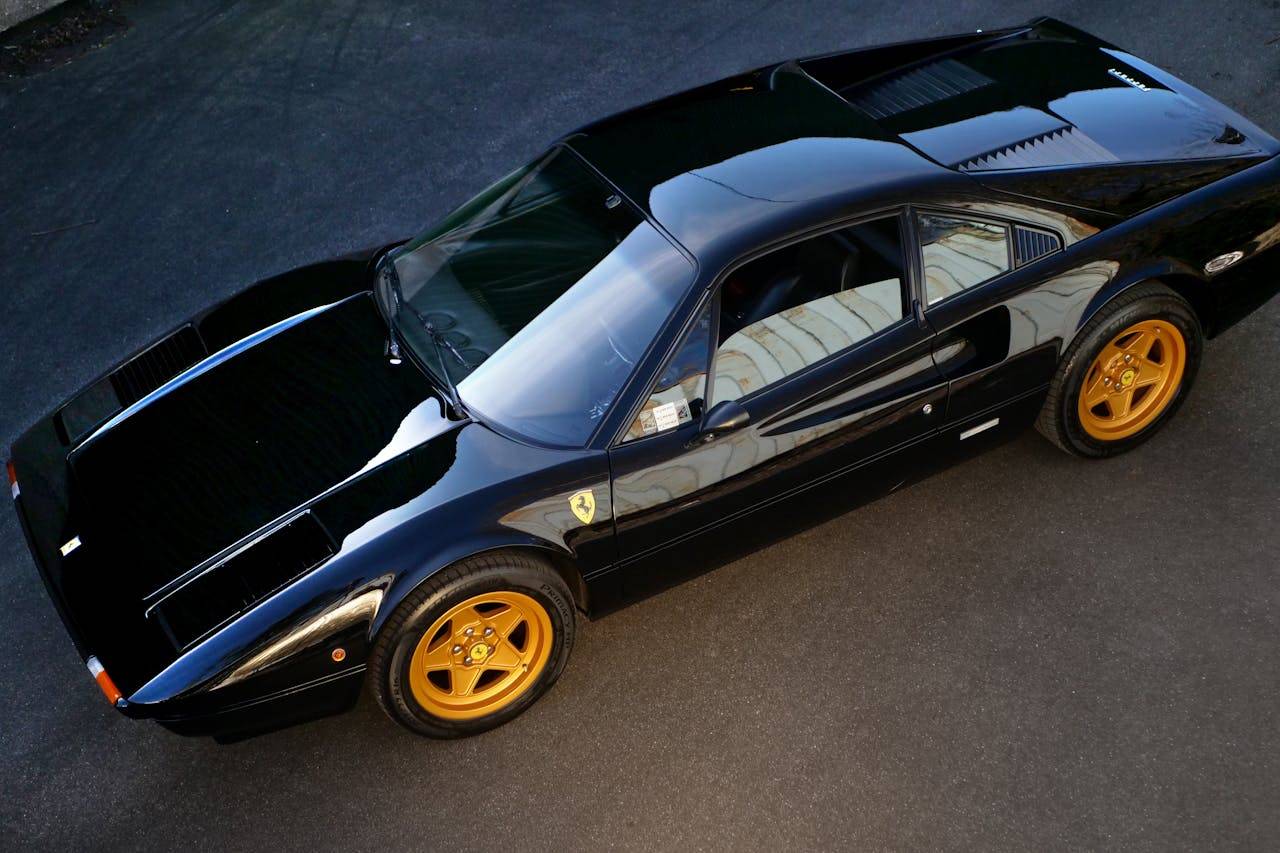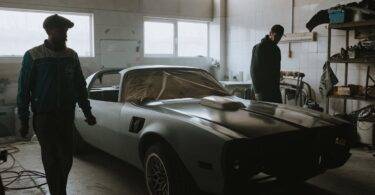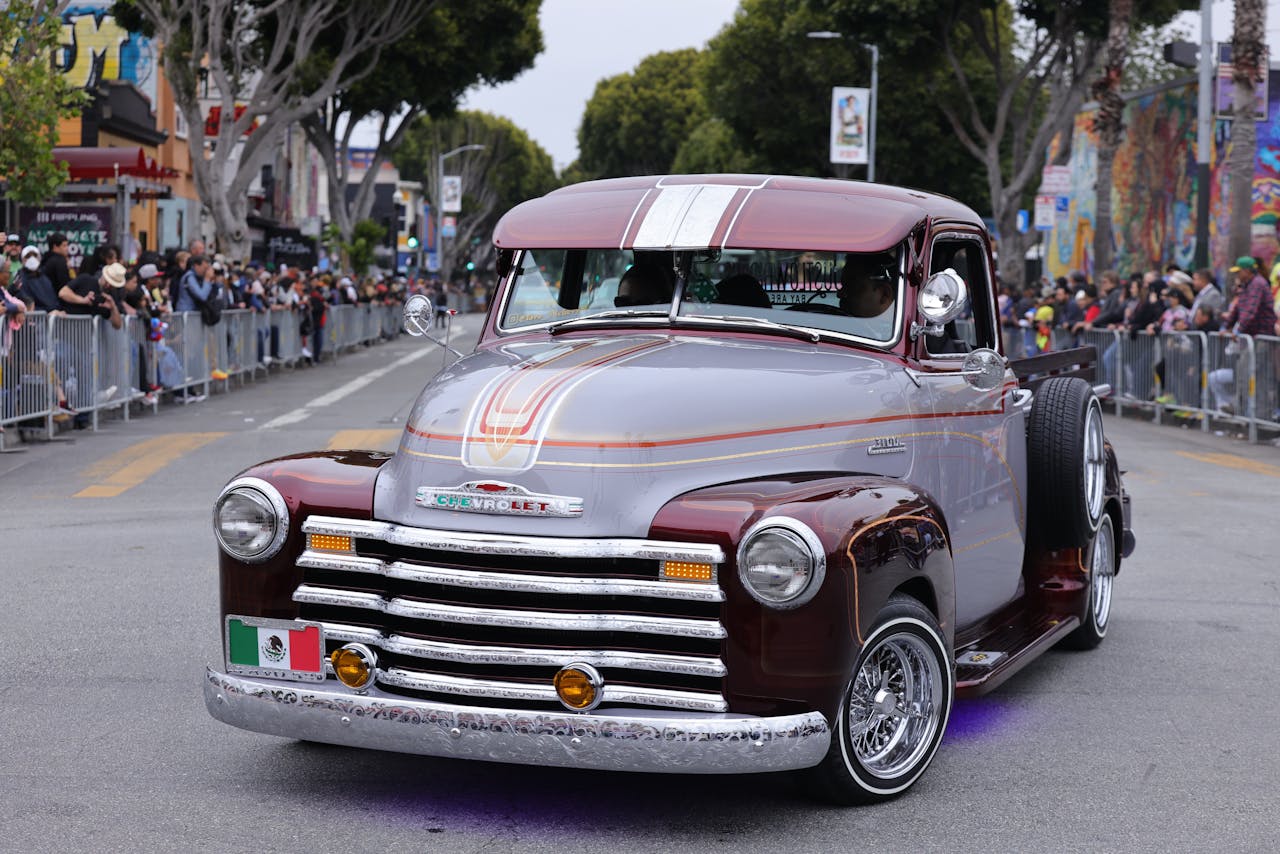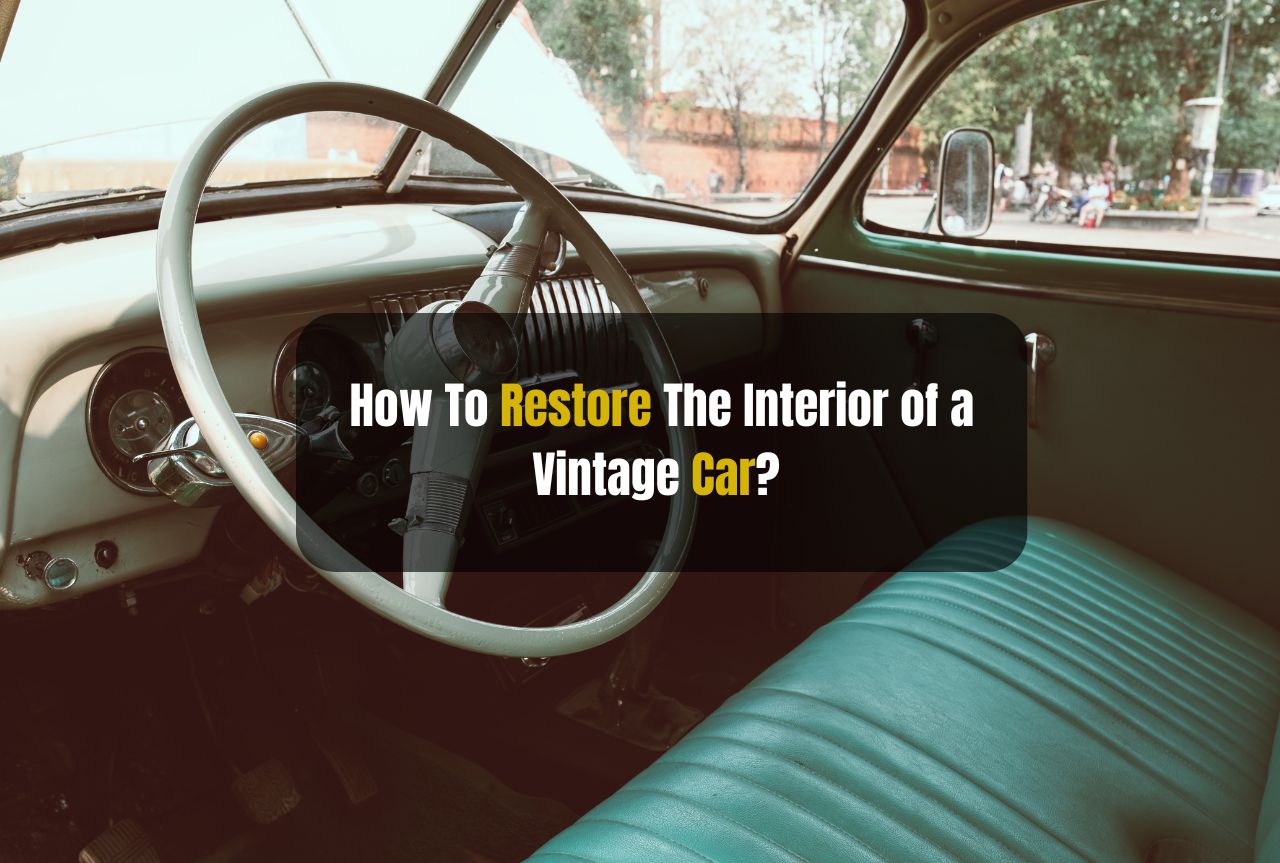For those of us with 1960s- and early’ 70s-era muscle cars, and especially trim and interior components for them, OEM parts are becoming increasingly challenging to find.
It’s important to keep your muscle car as original as possible while remaining safe on the road. It’s not just about safety, either; if you want your muscle car to look like it did in its heyday, turning out in 21st-century tires can ruin the overall look. Let’s see how you can drive your muscle car with a period-correct appearance while on Modern Tires for Your Classic Muscle Car
Keeping Your Muscle Car Period Correct
Muscle cars, which are generally defined as any high-performance American car manufactured between 1962 and 1973 with a powerful V8 engine and sporty styling, including certain full-size cars such as Impalas, Catalinas, Satellites, and Torinos, can be either restored or kept in original condition.
Those who restore their muscle cars for show purposes strive for the highest level of authenticity possible, using the numbers-matching drivetrain and exact interior details, as well as applying the correct paint codes.
Though we are in the midst of another muscle-car renaissance—late-model Charger sedans, Challengers, and Camaros pack more horsepower and torque than featherweight ’60s originals—our concerns are with maintaining the classics.
The Importance of Proper Tires
Just as you can’t restore a cool muscle car and leave out the tires, 50-year-old rubber isn’t usable because it dry rots and cracks when it starts to age, which will happen in about five years. So, original tires are impractical as well as dangerous.
While newer bias-ply tires could be made from more resilient rubber compounds and constructed to better standards, with all of them including bias belts, older bias-ply tires were more rigid than radial construction, resulting in a higher rolling resistance, more heat, a harsher ride, and less predictable handling, which rendered them obsolete for tires as radial superior tire designs became available.
Period-Correct Tire Options
Luckily, there are plenty of vehicle service options for maintaining period-correct looks while still enjoying the benefits of modern tire technology:
1. Wheel Size: Muscle cars mostly come with 14″ or 15″ wheels. You may get that appearance with authentic muscle car tires in 14″, 15″, and even 13″ sizes.
2. Size Codes: Remember the old width designations? White-letter tires still come in tires with these early 1970s size markings.
3. Iconic Brands and Designs: Several iconic tire designs have made a comeback, including:
- Uniroyal Tiger Paw.
- Goodyear Silvertowns have ⅜” red, gold, or blue lines.
- Firestone Wide Ovals have the right text on the sidewalls.
Such replicas marry old-style ornamental designs with current-day technology for better grip, ride comfort, handling, and safety.
Restomods: Blending Classic Style with Modern Performance
Restomod fans say they get the best of both worlds – the coolness of a 60s car, with retro style and original body and interior, but with retrofitted brakes, suspension, and steering to make it safer and more drivable on today’s roads.
They also get the option to swap out the engine for something more fuel-efficient, easier to service, and possibly more powerful.
Skills and technology are no longer barriers to creating an automotive best-of-both-worlds: a warm-looking 50s Chrysler coupe motivated with a 2000s Dodge Viper V10, trailing jazzy 18-inch wheels, and high-tech Bilstein shocks. Or a late-1960s Mustang with a modern reworked Ford V8, electronic engine controls, huge four-piston Brembo discs, and a completely revised front suspension.
It’s the ultimate flexibility in a restomod: you can do it subtly – restore everything, clean it up nicely but stop there – or you can radically change things by going restomod.
For a restomod project with aggressive suspension and steering modifications, you should start by considering performance tyres or even ultra-high-performance tyres with softer, stickier rubber compounds that will offer improved traction, as well as a better road feel.
Modern Tire Technology for Classic Muscle Cars
Fuel economy, the pivotal issue of the time, was effectively addressed with catalytic converters. But muscle cars had comparatively primitive tires. Michelin introduced the first radial in the late 1940s, and radials became standard by the early ’70s.
Even so, they offered a huge improvement over commonly available bias-plys. Since then, improved rubber formulations, tread patterns, and internal structural designs have continued to improve handling, tread life, and ride comfort greatly.
Modern tires offer several advantages for classic muscle car owners:
Extended high-speed stability: Another area where contemporary tires are a large advance over bias-belt tires is extended high-speed stability. Modern ‘Blackwall’ tires are designed to have white-knuckle high-speed performance: cutting-edge rubber compounds that dissipate heat well matched to tread patterns designed for a stable on-center feel.
Wet Weather Performance: Tread patterns are intended to remove water from the contact patch.
Niche Options: Want that just-right look on the ’30s or ’40s cars or a rat rod? Fat whitewalls capped with pie-crust shoulders are available in modern radial construction, sometimes in special sizes such as 710R15.
Racing Applications: If you’re a drag racer running a quarter-mile at a time, go for a wrinkle-wall slick or semi-slick, such as those made by Hoosier or Mickey Thompson.
Final Words
Given the growth of the market for muscle-car classics of the past couple of decades, breadmakers were quick to step in and fill the niche, producing what might best be described as modern clever ware in period-correct guises.
Take your pick: fat whitewalls for a late 50s Cadillac, white-letter tires for a ’70 Olds 442, redlines for a Plymouth RoadRunner: just about any period-motif tire will spruce up your ride with little or no sacrifice in safety or performance.








Leave a Comment